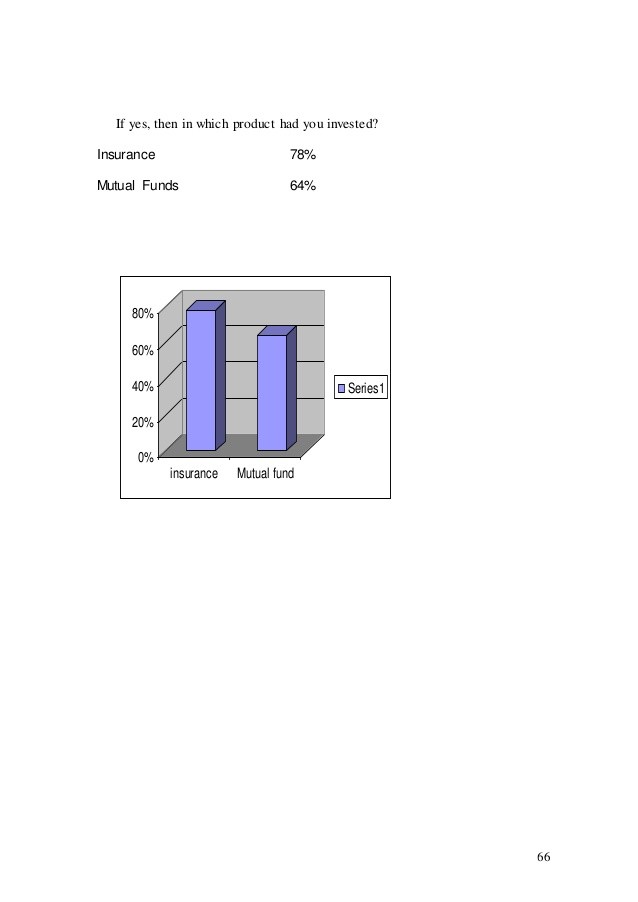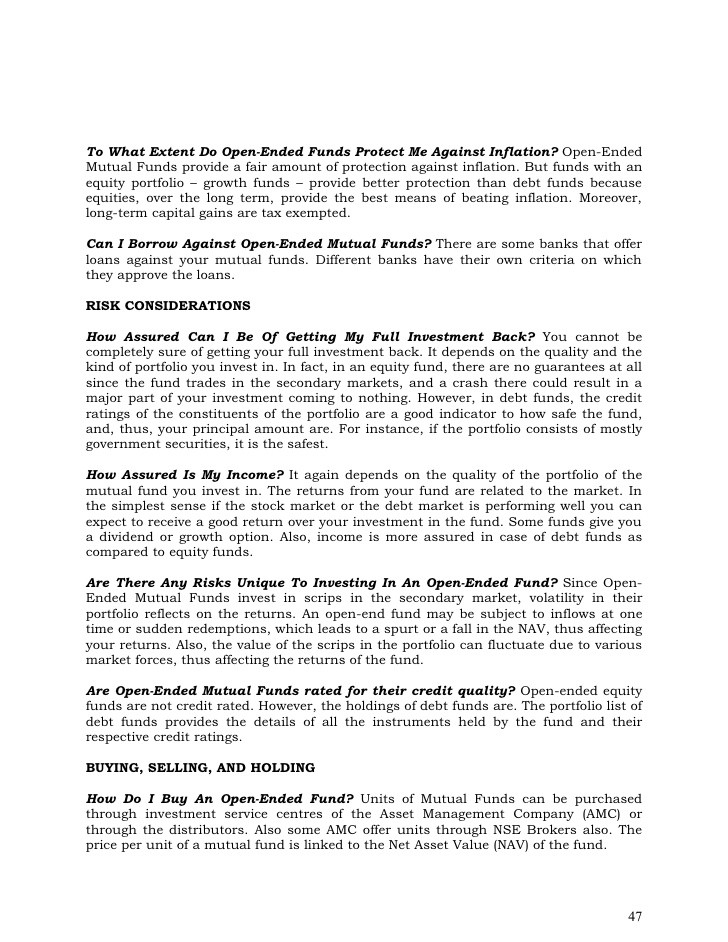A Tree Grows in Mutual Funds Does the Name Define the Product
Post on: 26 Апрель, 2015 No Comment

A Tree Grows in Mutual Funds: Does the Name Define the Product?
Trees are symbols of maturity and wisdom, of resilience and sturdiness. So perhaps it should come as no surprise that so many mutual funds choose to name themselves for them. The Wall Street Journal recently asked us to weigh in on this trend. As we see it, the sense of long-term security that tree names convey may be particularly appealing to people saving for retirement, exactly the type of investors portfolio managers are looking to attract. WSJ adds, “portfolios—like trees—dont grow overnight, but can reach substantial heights.
The symbolism of trees is obviously an appealing metaphor for investments, but such a name also has strategic and practical value for fund managers. The SEC regulates fund names: a fund is required to invest at least 80% of its assets into the types of securities implied in the name. For example, the XYZ Biotech Fund needs to be a portfolio that invests at least 80% in Biotech. A fund with a more evocative name on the other hand, like the XYZ Magnolia Fund is considered unconstrained, meaning its investment strategy is not dictated by its name.
But there is a tradeoff: people typically buy funds with an investment objective built around a risk/reward profile. Asset class (large-cap, small-cap, sector-based, emerging markets, etc.) is a common gauge for risk profile, so if you lead with asset class in the name, you need to follow through accordingly in the fund portfolio. Unconstrained funds, as the word implies, dont have such limitations. And, while they may stand out from other descriptively-named funds, they also risk being difficult for financial advisors to categorize as they design a balanced portfolio for their clients.

As such, these unconstrained names may serve to frustrate advisors more than they actually help the fund to stand out. Retail investors, on the other hand, may find the more evocative names appealing, especially if they view it more as a one-off investment into a compelling product (rather than a component part of a risk-balanced portfolio). Therefore, for a fund targeting retail investors, a name like Magnolia or Oak or Redwood may make sense, but a fund that will be brought to market among a list of options in a 401K platform is better served with a more straightforward, descriptive approach.
Clearly, naming a mutual fund leaves much to be considered. Names are often the first touch point that prospects encounter, the first chance at making a striking impression. Some funds may find that by incorporating oaks and aspens in their names, they can imply height, breadth, growth, and long-term stability, while others may look to an unambiguous name because they simply wish to communicate an investment strategy. Of course, understanding how your customers buy your product is essential to smart marketing: the fact is, it’s also a vital consideration in mutual fund naming.














